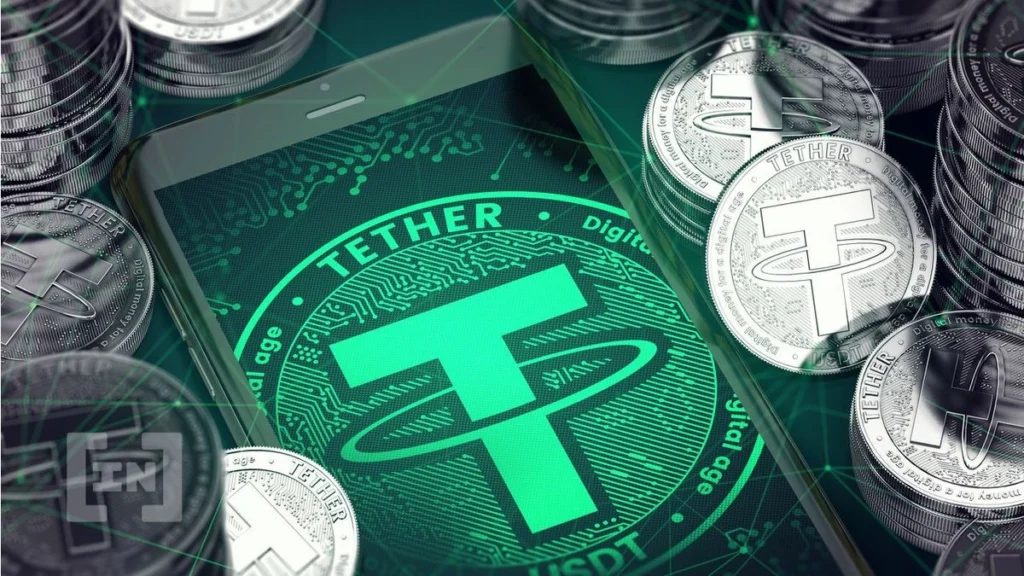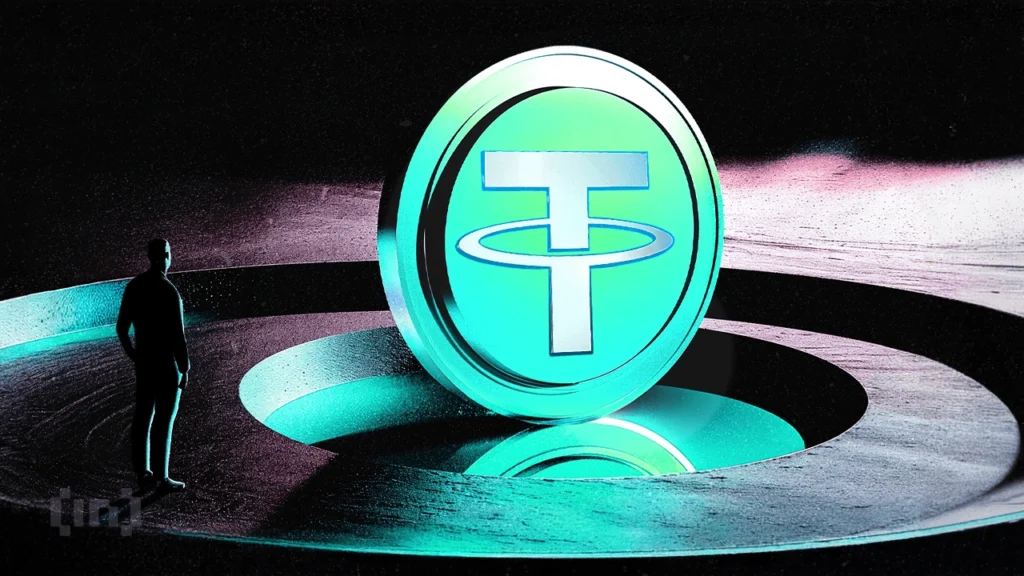Why Use USDT? The Real Pros & Cons You Should Know
November 13, 2024

Let’s Break It Down: Why Use USDT in the First Place?
Alright—why use USDT? It’s a fair question, especially with crypto always dancing on the line between innovation and chaos. Tether (USDT), a so-called “stablecoin,” promises the best of both worlds: the flexibility of crypto and the predictability of fiat. That’s the idea, anyway.
But is it really all that stable, or just another overhyped digital coin? Let’s not sugarcoat it—there are solid reasons people are turning to USDT, but it’s not all sunshine and seamless payments. Below, we break down the good, the bad, and yeah… the questionable.
Pros of Using USDTs


Price Stability You Can Actually Use
One of the main reasons people say “yes” to USDT is its dollar peg. Unlike Bitcoin, which can drop (or rise) thousands of dollars in a day, USDT tries to stay locked around $1. That means you can actually use it for payments or savings without biting your nails every hour.
Especially in high-inflation countries or unstable economies? USDT becomes more than convenient—it can be essential.
Fast, Cheap Transfers
Want to send money overseas? Try doing that with a bank… fees pile up, wait times drag on, and don’t even ask what happens over a weekend.
With USDT? Transfers can be near-instant, and if you’re using networks like Tron or Polygon, the transaction costs are often under a dollar—or even a few cents. No paperwork. No nosy middlemen.
Global Accessibility
No bank account? No problem. USDT can be accessed with just a smartphone and a wallet app. That’s a game-changer for millions of people who are either underbanked or flat-out blocked by traditional systems.
It’s also a lifeline for freelancers, remote workers, or creators getting paid internationally. For them, why use USDT isn’t a theory—it’s a practical solution.
Cons of Using USDTs


Trust Issues: Is It Really Fully Backed?
Here’s where the “stable” part gets shaky. USDT says it’s backed 1:1 with reserves, but critics and watchdogs have raised eyebrows for years. Tether has released audits and breakdowns, but some folks still aren’t convinced everything’s above board.
So while it usually holds its dollar peg… it’s kind of a trust exercise. If you’re big on transparency, that might be a red flag.
Regulation Limbo
USDT lives in a gray area. Some governments tolerate it, some ban it, others just pretend it doesn’t exist. This murkiness can affect where and how you use it, especially if regulators start cracking down harder.
It’s also not insured or protected like a bank deposit. So, if something goes south? You’re pretty much on your own.
It’s Not Fully Anonymous
A lot of people assume USDT means private transactions—but that’s not quite right. Most blockchain transactions are public, and while names aren’t tied to addresses, wallets can still be tracked. If you’re expecting total anonymity, you might be in for a surprise.
So, Why Use USDT? Final Thoughts

Let’s not oversell it. USDT isn’t a miracle cure for the financial system. It’s not totally risk-free. But it’s also not a scam, and for millions of people, it’s incredibly useful.
If you need fast, low-cost, cross-border payments—or just a place to park value without your local currency collapsing—why use USDT starts to make a lot more sense. Just go in with eyes open.
Stablecoin? Yes. Perfect solution? Probably not. But usable, accessible, and surprisingly practical? Yeah… we’d say so.
Relevant news: Why Use USDT? It’s Not Just for Crypto Pros Anymore

